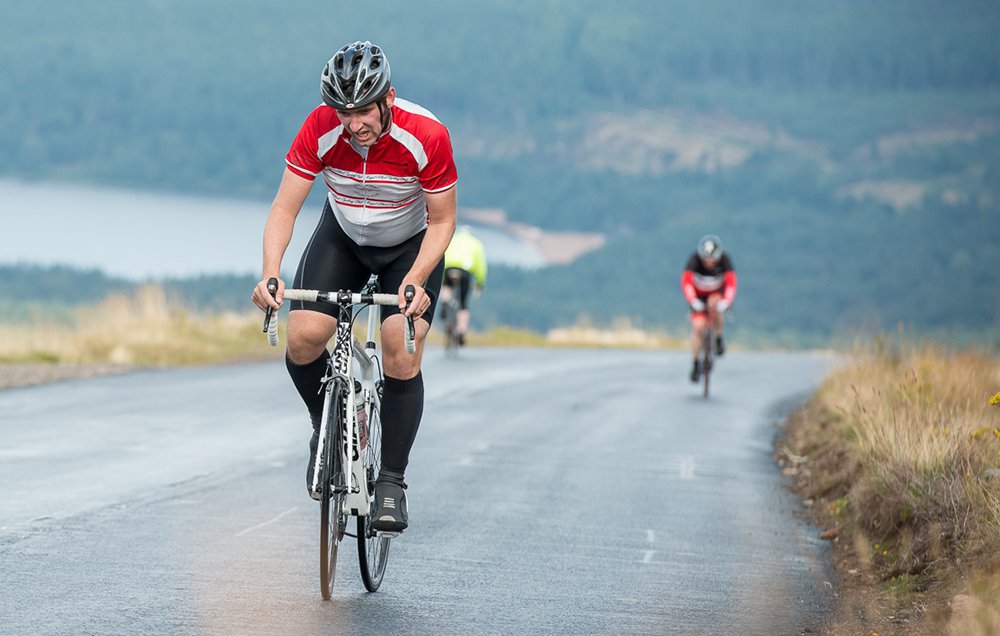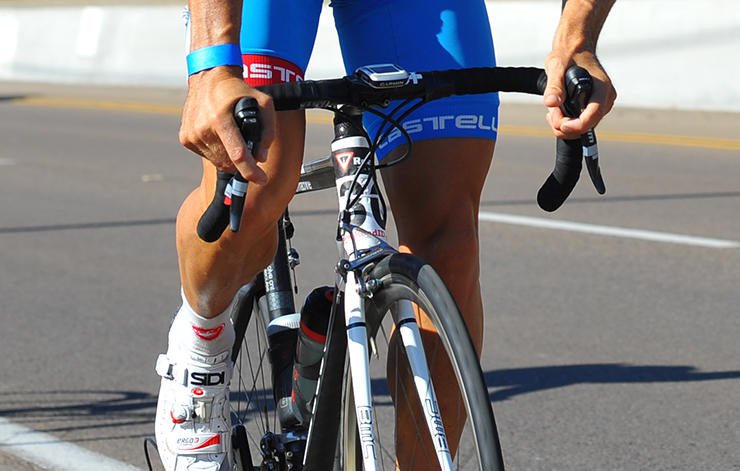As the road tilts up, your body undergoes a cascade of metabolic reactions that may kind of hurt in the moment, but are oh so good for you long-term. Here’s a breakdown of what happens to your body on a climb.
Hills are nature’s gym—they help build strength. As you pedal up a grade, gravity tries to pull you back down. The steeper the pitch, the more forceful gravity’s pull. That means you need to recruit more muscles to maintain forward momentum. Climbing hills—especially seated climbing—engages your glutes, quads and calves to a larger degree than when spinning along the flats. Climbing not only builds neuromuscular connections—so you have more muscle fibers turned on and at your disposal—but also breaks down the small fibers in your muscles, which rebuild stronger when you rest, making that same monster climb just a little easier over time. Your pedaling cadence will naturally slow on climbs, but aiming for a cadence of about 75 to 80 rpms will help keep your legs from fatiguing before you reach the top.
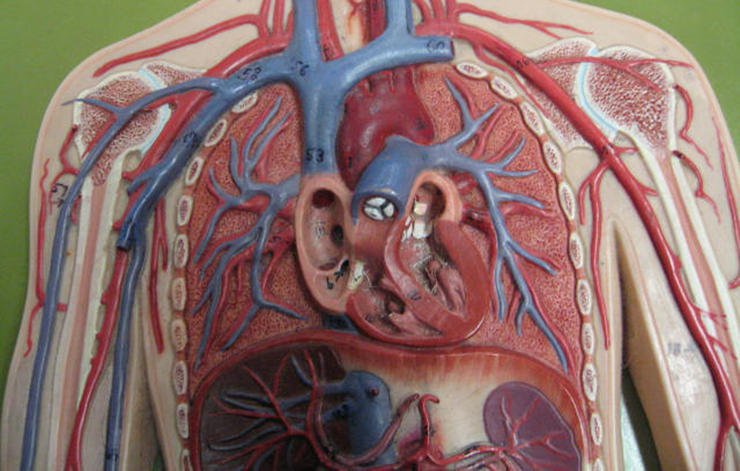
With more muscles being called to action, your heart has to work harder to supply oxygen and nutrient-rich blood where the’re needed. All that work also creates heat, which means more work for your heart, as blood is also needed by the skin to help you sweat and keep cool. Your heart rate will be 30 to 40 bpm higher when you’re cranking up a hill than when you’re cruising along the flats. Standing and climbing out of the saddle drives up your heart rate about five to 10 beats further because you’re engaging your upper body in the movement: Those arms, shoulders, back need to consume more oxygen and therefore demand a faster heartbeat. All of this effort makes your heart stronger so it can squeeze out more blood with every beat. (This is why fit cyclists have resting heart rates 10 to 15 beats lower than their unconditioned peers.)
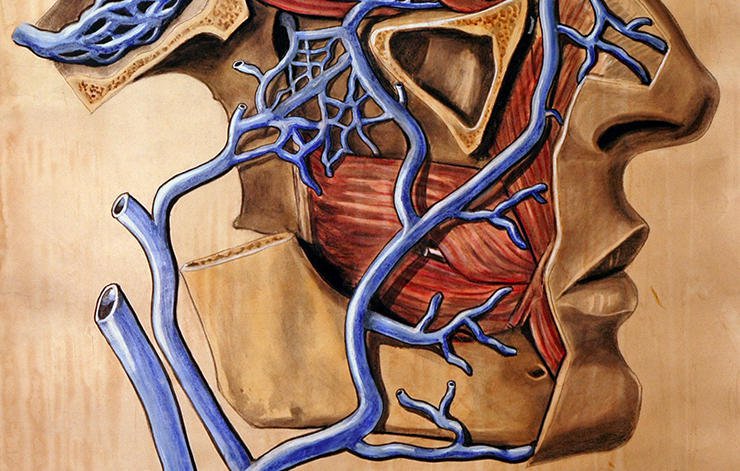
It does you no good for your heart to be pumping out blood like an open fire hydrant if your body can’t deliver that essential fluid into all the muscles that need it. Climbing hills increases demands on your blood delivery system, so your body responds by growing more capillaries into your muscles. This lets your muscle cells have all the blood they need to get ample amounts of oxygen and nutrients to produce energy.
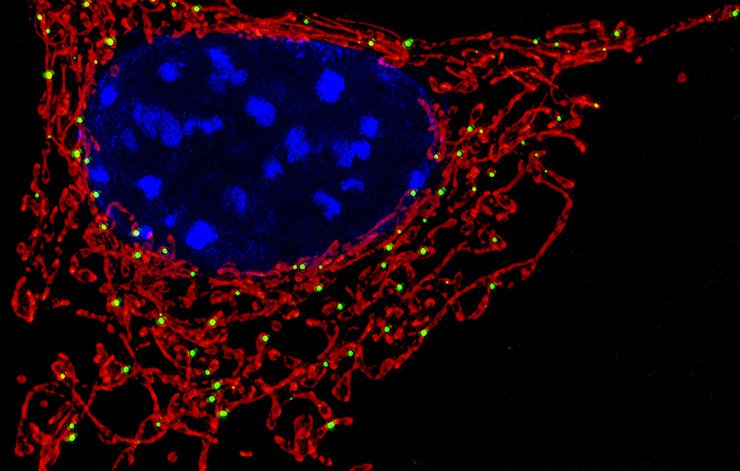
Mitochondria are your cell’s energy-producing furnaces, and they go into overdrive on climbs. So much so that your body adapts by multiplying and building up your existing mitochondria, which help you use oxygen more effectively as well as clear lactate (and use that for energy). That’s why climbing hills helps raise your lactate threshold, which in turn allows you to stay aerobic and burn fat at higher intensities. That means you can ride faster, harder and longer before fatiguing.
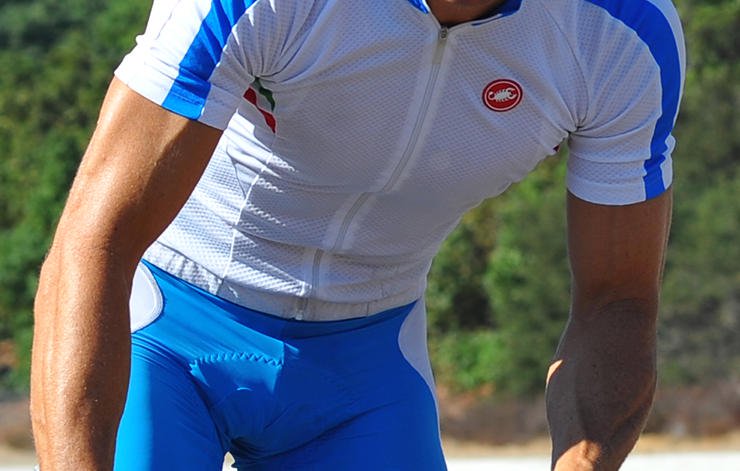
You use your core muscles to maintain a solid platform for your legs to work against. Your abs, back and sides are also your power transfer center, as the force you generate pulling the bars transfers through your core and is transmitted into your lower body to increase the force you can apply to your pedals. Those anchor muscles engage even more to stabilise you when you get out of the saddle to climb. Climbing helps strengthen your core, but you also can improve your climbing by doing off-the-bike core workouts to make those muscles more fatigue-resistant when you ride.

Climbing is as much mental training as it is physical: Science has shown that negative self-talk really does slow you down, and positive self-talk helps you persevere. There are fewer more ideal places to practice some brain training: saying “you got this”; consciously keeping your breathing in control; setting small goals like “just get to the next telephone pole”; and visualising success as a long, hard climb. Every time you get to the top, you also build more confidence to conquer the next one.
